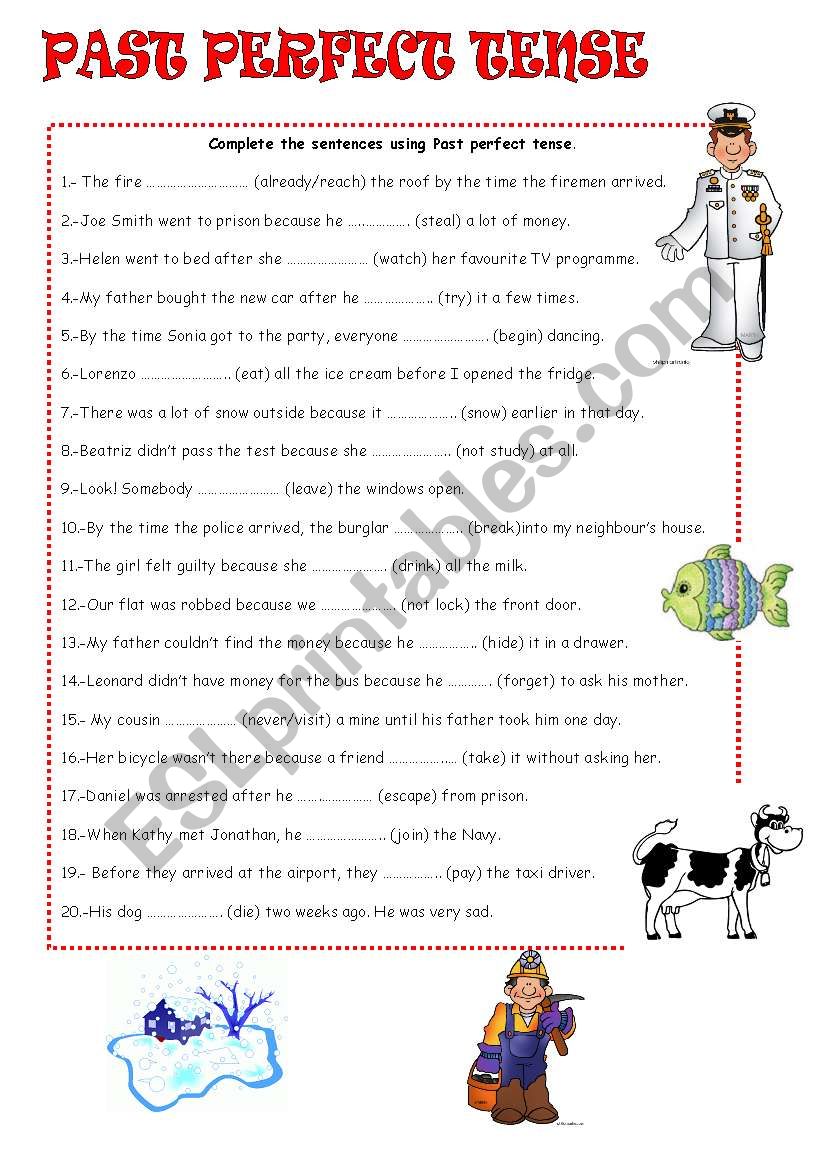

Where a property owner owns two adjacent and undeveloped nonconforming lots, some jurisdictions treat the two lots as one, conforming lot. Denial of the ability to build on a nonconforming lot could, in some cases, constitute a "taking" under the federal and state constitutions. Property owners are generally allowed to build on their nonconforming lots, although they typically must meet setbacks applicable to that zone, unless a variance from such setbacks is applied for and can be granted under the adopted criteria for variance approval.

Such amortization provisions, which allow for the continued operation of the use for a period of time deemed sufficient to recoup the investment put into the use, are commonly applied to restrictions or prohibitions imposed on billboards. Zoning ordinances may provide for the termination of nonconforming uses by reasonable amortization provisions. In that decision, the court held that a company that had the right to mine peat as a nonconforming use was subject to a later-enacted local building regulation that required a grading permit excavate or fill the property. Uses that become nonconforming as a result of changes in zoning regulations are still subject to reasonable regulations under a city or county's police power to protect the public health, safety, and welfare that are enacted subsequent to the use being established.

Nonconforming structures typically lose their legal status if they are destroyed, such as by fire, in whole or in part. Nonconforming uses usually lose their legal status under local regulations if they are discontinued for a particular period of time, such as six months or a year. Local restrictions typically prohibit expansion of nonconforming uses and structures. Although found to be detrimental to important public interests, nonconforming uses are allowed to continue based on the belief that it would be unfair and perhaps unconstitutional to require an immediate cessation of a nonconforming use. Snohomish County, 136 Wn.2d 1, 7 (1998), the state supreme court explained the basis for this treatment of nonconforming uses: The theory of the zoning ordinance is that the nonconforming use is detrimental to some of those public interests (health, safety, morals or welfare) which justify the invoking of the police power. Nonconforming uses and structures are not illegal uses and structures they are generally allowed to continue as is, subject to local restrictions. So, local jurisdictions are free, within certain constitutional limits, to establish their own standards for regulation of these nonconforming situations. State law does not regulate nonconforming uses, structures, or lots.

A nonconforming lot is one that, at the time of its establishment, met the minimum lots size requirements for the zone in which it is located but which, because of subsequent changes to the minimum lot size applicable to that zone, is now smaller than that minimum lot size. A nonconforming structure is a structure that complied with zoning and development regulations at the time it was built but which, because of subsequent changes to the zoning and/or development regulations, no longer fully complies with those regulations. A nonconforming use is a use of property that was allowed under the zoning regulations at the time the use was established but which, because of subsequent changes in those regulations, is no longer a permitted use.


 0 kommentar(er)
0 kommentar(er)
